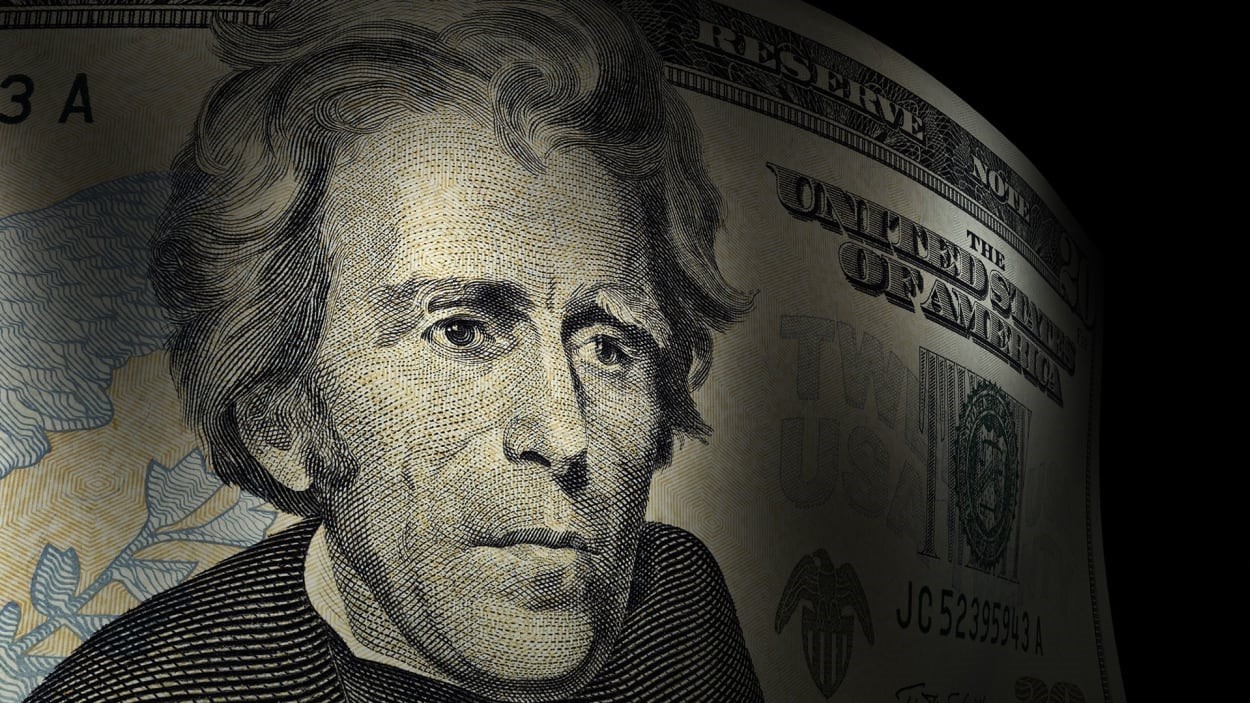By Sam Becker
It’s been roughly a decade since a significant push to increase the minimum wage to $15 per hour caught traction nationwide. Now, with many states and cities around the country having instituted wage floors even higher than $15 per hour in recent years, it’s safe to say that the Fight for $15 movement has been a surprising success.
“I’ve been extremely impressed with the Fight for 15 movement,” says Ben Zipperer, a senior economist at the left-leaning Economic Policy Institute. “Not many people correctly predicted that that would be a successful political movement—in terms of awareness of low pay, and actual policy changes,” he says.
Minimum wage increases in many areas, perhaps in large part due to the efforts of organizations like Fight for $15, keep coming, too. In recent months, Connecticut raised its minimum wage to $15, Washington, D.C., raised it to $17, Oregon raised its minimum wage to $14.20, and Nevada’s was bumped up to $11.75.
Despite those state increases, the federal minimum wage remains at $7.25—where it has been for 14 years, having last been raised in 2009. In the meantime, roughly 30 states have increased their minimum wages to levels higher than the federal minimum. Workers in the remaining states—a majority of which are concentrated in the South and Midwest—may even earn less than the federal minimum. The federal minimum wage for tipped employees is still only $2.13.
Though $15 was seen as a sky-high target 10 or 15 years ago, these days—especially after a notable round of high inflation over the past couple of years—it’s likely still not enough for most workers to make ends meet. Zipperer says there are around 20 million workers in the United States who earn less than $15 per hour, and despite a recent push from federal legislators to increase the federal minimum wage to $17 per hour, even that wouldn’t suffice. “There’s nowhere in the country that you can live as a single adult on $17 per hour,” he says.
What happens next?
As it stands, there’s likely no realistic path forward for a substantial increase in the federal minimum wage, and that’s largely due to political opposition from the right in Congress.
That opposition mainly stems from concerns that a drastic increase in the minimum wage would have serious negative effects on local economies. For instance, a city like Seattle or San Francisco (where minimum wages are above $15 per hour) can absorb changes to minimum wage rules with relative ease, because prevailing wages in those areas are already high. But if the minimum wage were to more than double in small towns or rural areas in Mississippi or Indiana, the argument goes, there could also be some economic upheaval along with it.
Rachel Greszler, a senior research fellow at the conservative Heritage Foundation, says that “anything above the market wage is going to cause some harm—there may be some benefits to some, but there’s going to be a cost somebody else.” In effect, doubling per-hour labor costs for employers in areas that have not raised the minimum wage past the federal level would lead to fewer jobs overall, she contends, adding that minimum wages are best set by local governments.
“The U.S. is really diverse economically, and cost of living differs substantially [from place to place], and if there’s a minimum wage, it needs to be tailored to that area to minimize the consequences,” Greszler says.
Still, many workers who are seeing the benefit from a higher minimum wage credit the Fight for $15 movement for pushing legislators to enact policy changes. “I noticed that after initial increases in states like California, other wages started increasing in other states and areas,” says Sergio Valderrama, who works at a McDonald’s location in the San Diego area, and who is a leader in the Fight for $15 campaign. “We would usually have to wait longer for raises, but we started getting them.”
“I even got a raise at the gas station where I was working at the time when I joined the campaign in 2009,” he adds. “I hadn’t gotten one in years, and I think it was a direct result of fast food workers in this campaign.”
Despite the progress made, Valderrama also says that there is still a lot of work to be done, in part because the cost of living continues to rise. “We’re now facing the fact that even $15 isn’t enough,” he says. “Many workers across California are on the verge of homelessness, and that’s not right. We can’t stop fighting.”
(3)









